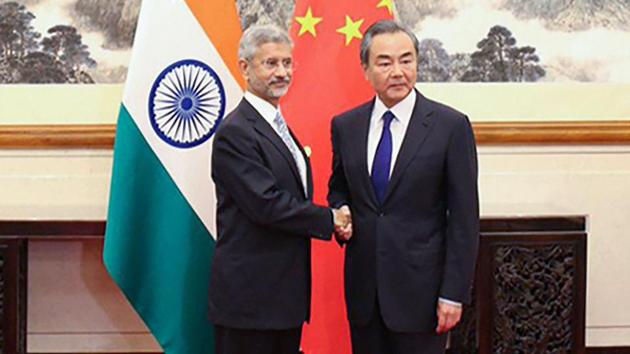China Claims Troops Have Disengaged at Four Key Locations Along LAC After Jaishankar’s ‘75%’ Statement

China Claims Troops Have Disengaged at Four Key Locations Along LAC After Jaishankar’s ‘75%’ Statement
Date: September 14, 2024
In a significant development in the ongoing border standoff between India and China, Beijing has announced that its troops have disengaged from four strategic locations along the Line of Actual Control (LAC), including the contentious Galwan Valley. This statement comes days after Indian External Affairs Minister S. Jaishankar revealed that 75% of the issues at the LAC had been resolved through diplomatic and military talks.
According to a statement from the Chinese defense ministry, the disengagement process is progressing at key friction points, with Chinese and Indian forces pulling back from Galwan Valley, Hot Springs, Gogra Post, and the Depsang Plains. These areas have been flashpoints in the standoff that erupted in May 2020, resulting in multiple skirmishes, including the deadly clash in Galwan Valley in June 2020, where 20 Indian soldiers and an undisclosed number of Chinese troops lost their lives.
The Chinese spokesperson emphasized that the disengagement was in line with the “consensus reached between the two sides through diplomatic and military dialogues.” This reflects a mutual commitment to ease tensions and restore peace along the border, which had been marked by heightened military activity for over three years.
Context: Jaishankar’s 75% Statement
The announcement follows Jaishankar’s recent remarks that nearly 75% of the LAC tensions had been defused, signaling progress in resolving the protracted border crisis. He had highlighted that India’s objective was the restoration of the status quo along the LAC as of early 2020. However, Jaishankar also noted that a final resolution would require sustained efforts.
“We have made significant progress, but more remains to be done. We are continuously engaged in military and diplomatic talks,” Jaishankar said during a press briefing earlier this week.
Military Disengagement Process
The disengagement of forces from the aforementioned locations marks a crucial step in the de-escalation process. Experts note that the Galwan Valley, in particular, has become a symbol of the fierce territorial dispute between the two Asian giants. The withdrawal from the valley is seen as a major confidence-building measure aimed at reducing tensions.
However, while disengagement has been reported, observers caution that the situation remains fragile, with both sides continuing to bolster military infrastructure and maintain a cautious military presence in nearby areas.
Future of India-China Relations
This latest development raises hopes for a broader resolution to the border conflict, though several complex issues still linger. Talks over the resolution of disputes in the Depsang Plains, Demchok, and other contested areas continue. Additionally, while disengagement is a positive step, de-escalation and permanent resolution of boundary disputes remain challenging goals.